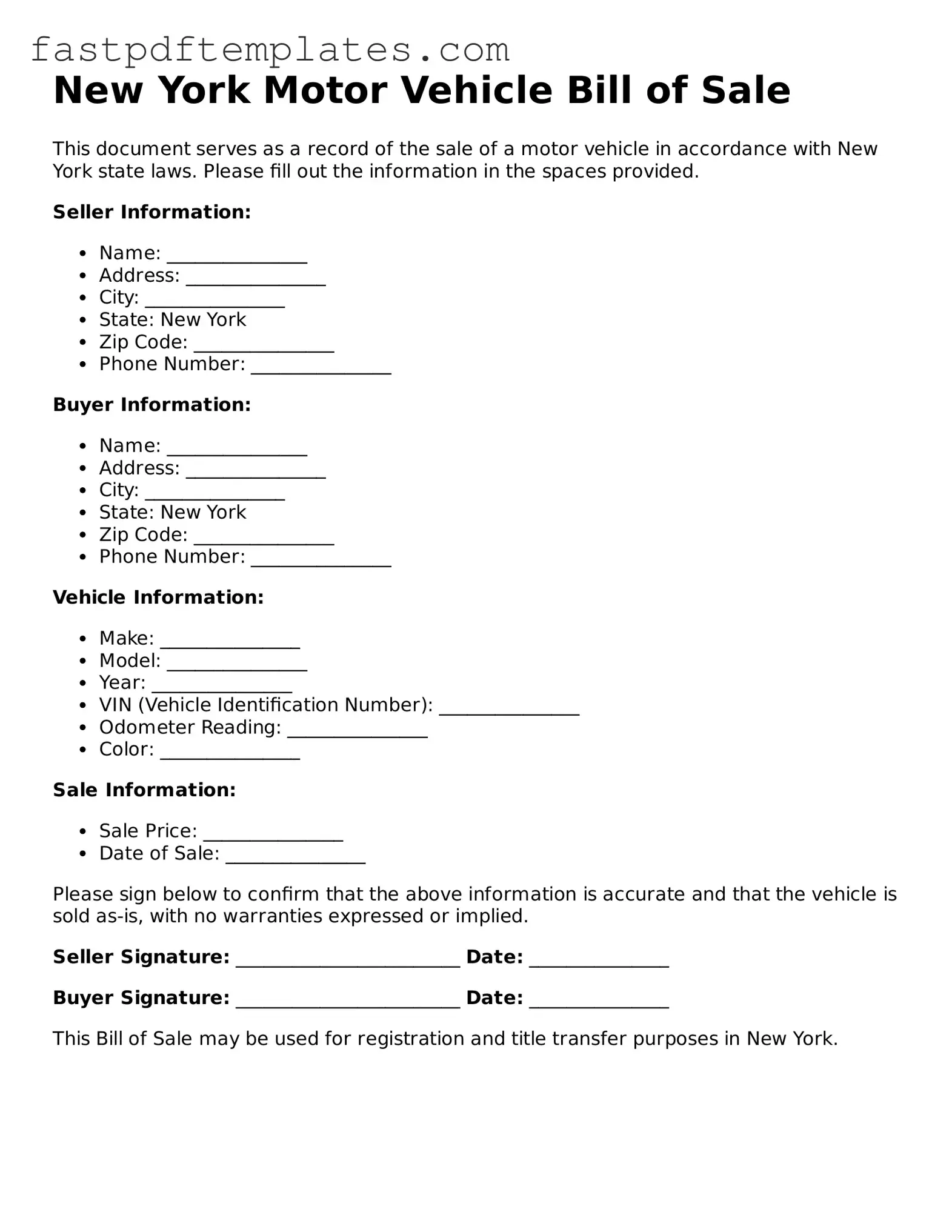The Vehicle Title is a key document in the process of transferring ownership of a vehicle. It serves as proof of ownership and contains important details such as the vehicle identification number (VIN), make, model, and year. When a vehicle is sold, the seller must sign the title over to the buyer, indicating that ownership has changed hands. This document is crucial because it must be presented to the Department of Motor Vehicles (DMV) when registering the vehicle under the new owner’s name. Like the Bill of Sale, the Vehicle Title helps to establish a clear chain of ownership.
The Odometer Disclosure Statement is another important document related to vehicle sales. This form is used to record the vehicle's mileage at the time of sale. Federal law requires sellers to provide this information to buyers to prevent odometer fraud. The statement must be signed by both the seller and the buyer, similar to the Bill of Sale. This document ensures that the buyer is aware of the vehicle's mileage and can make an informed decision about the purchase.
The Purchase Agreement is often used in conjunction with the Bill of Sale. This document outlines the terms of the sale, including the purchase price, payment method, and any warranties or conditions. It serves as a more detailed contract between the buyer and seller. While the Bill of Sale acts as a receipt for the transaction, the Purchase Agreement provides a comprehensive overview of the terms agreed upon. Both documents are essential for protecting the interests of both parties involved in the sale.
The Vehicle Registration Application is another document that relates to the ownership of a vehicle. After purchasing a vehicle, the new owner must register it with the DMV. This application requires information about the vehicle and the new owner. It typically includes details such as the VIN, make, model, and the buyer's personal information. Like the Bill of Sale, this document is necessary for legal ownership and allows the vehicle to be driven on public roads.
Lastly, the Insurance Policy Declaration is a document that outlines the coverage details for the vehicle being purchased. Before a vehicle can be registered, most states require proof of insurance. The declaration typically includes information about the insured vehicle, the policyholder, and the coverage limits. This document is similar to the Bill of Sale in that it is a necessary step in the process of legally owning and operating a vehicle. Both documents contribute to ensuring that the new owner is compliant with state laws regarding vehicle ownership and operation.
